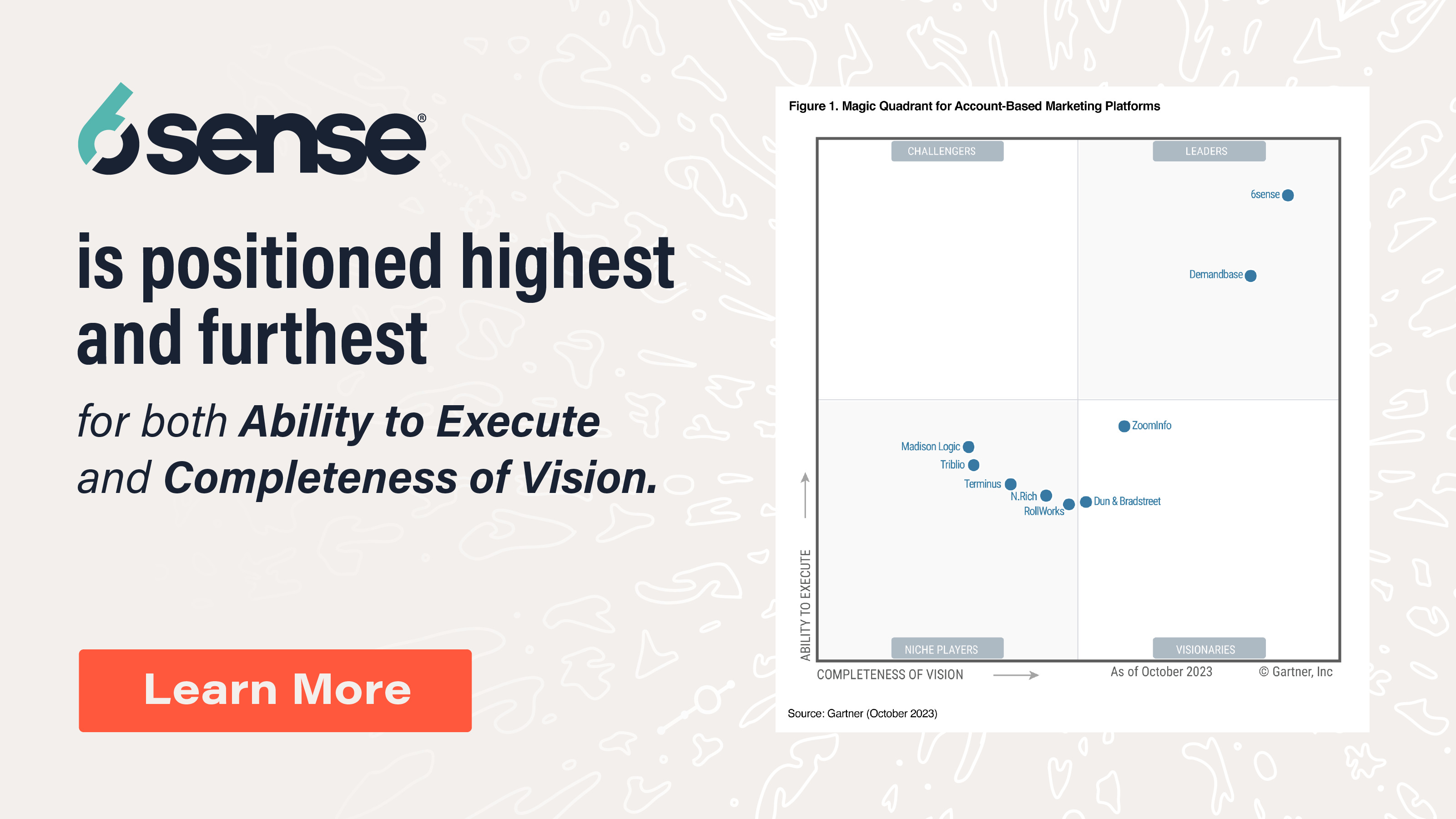If you’ve read Aaron Ross’ Predictable Revenue, you know what we’re talking about. Generating predictable revenue is one of the most important phases for startups as they scale sales beyond early adopters.
This phase is also an important testing period in a startup’s journey. Quota-carrying account executives should be able to convert opportunities into deals consistently, preferably at the conversion rate of competitors.
These three motions need to be aligned to achieve that predictable revenue generation:
- The sales enablement engine needs to run well to generate enough opportunities for the account executives to close.
- The lead generation and nurturing process needs to be well-defined and executed to be able to create opportunities from leads.
- Marketing needs to be the overarching framework feeding leads into the sales funnel.
But Where Do You Begin?
So how do you scale up quickly to start generating predictable revenue? A lot of things need to come in place.
Start with the sales and marketing framework you want to adopt, including clearly defined targets and commissions. Then hire for initial positions.
Once you have the framework in motion, it’s time to scale up to the optimal number of team members, determined by the stage your product is in and your target market. You will need to document sales training material, set up onboarding and training processes, and define reporting and feedback loops.
When you begin scaling up, you might realize one process lags the other (e.g., marketing may not be able to provide enough MQLs for SDRs to close, or the SDRs aren’t able to provide the AEs with enough opportunities). That’s all right.
Acknowledging the breaks in the process and working to fix them for the long term are the most important pieces.
It’s also important to scale up the right way. Companies that scale up too quickly may also fail quickly, as usually they haven’t built sustainable processes. Many figure this out a tad too late, as they may be blinded by initial success. In building the company for the long term, you need to get all of your firepower (Marketing, SDR, and Sales) in sync rather than relying on one engine to deliver.
What Goes Wrong?
Predictable Revenue defines these common roadblocks:
- Unclear ICP
- Outdated sales playbooks
- Missing processes
- Uncertain email delivery
- Generic messaging
- Lack of results
All of those problems have solutions, but putting them into place requires the willingness to evaluate and develop new strategies. That should be a consistent part of the process everywhere, not just startups, but the more entrenched revenue teams get, the harder that self-analysis can be.
But if the goal is predictable revenue, following best practices and keeping an eye out for these common problems are central to success.






